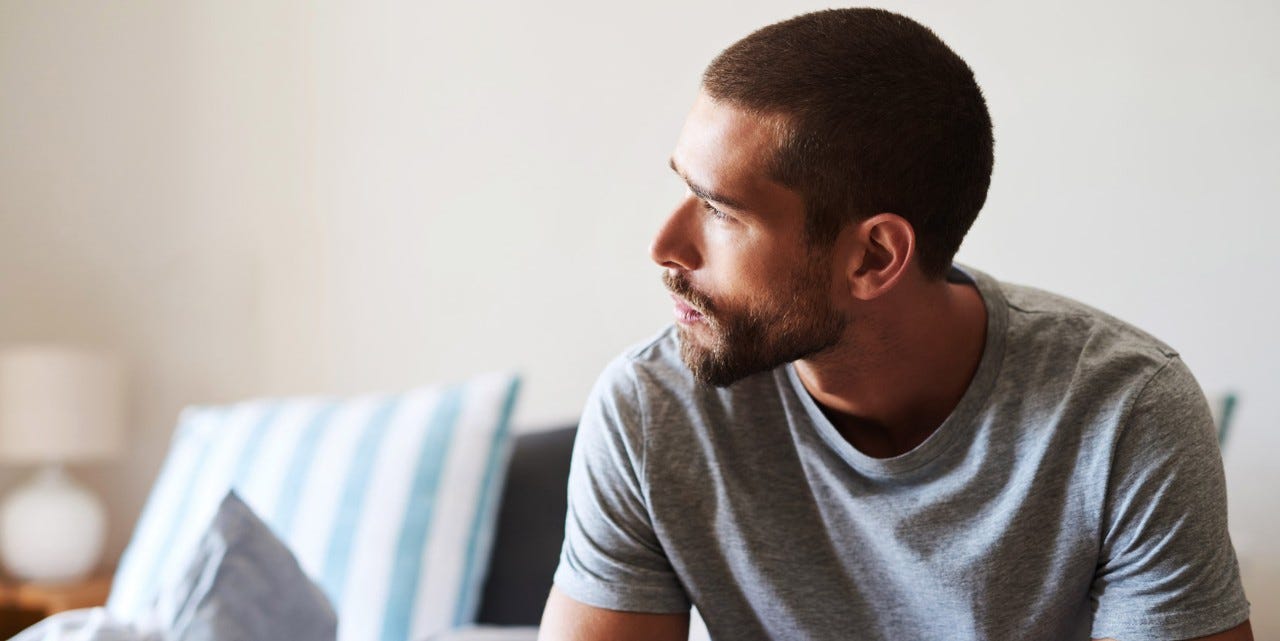What does LGBTQIA+ stand for?
What sexual orientations are there? What is meant by gender identity? We explain the meaning behind the acronym LGBTQIA+.

Slowly but surely, the profile of the queer community is becoming more visible in the media and on the political scene. Although queer characters are now common in many TV series, there are still sexual orientations and gender identities that are pretty much under the radar. And the screen characters are often stereotypes which don’t reflect the diversity of the queer community. What does “queer” really mean and what does LGBTQ+ or even LGBTQIA+ stand for?
These letters represent the diverse sexual orientations and gender identities that differ from the general norm of heterosexual and cisgender. In short, they stand for lesbian, gay, bisexual, trans, queer, intersex and asexual as well as including other identities and orientations such as non-binary, gender fluid or pansexual. These identities, also known as “labels”, help express a person’s sexual preference or gender identity with a single word.
What is the difference between sexual orientation and gender identity?
How a person feels has little to do with who they are attracted to. Sexual orientation is about who a person is attracted to and who they feel drawn to romantically, emotionally and sexually. And it depends on the gender to which the person belongs. Sexual orientation includes, for example, lesbian, gay, bisexual, pansexual, asexual and heterosexual.
In contrast, gender identity has nothing to do with sexual orientation. At birth, each person is automatically assigned a gender – male or female – based on their external sexual characteristics. But the person does not always feel that they really belong to the gender assigned to them. There are a number of other gender identities, including trans, non-binary and gender fluid.
Podcast: Nonbinary, trans and cis
Simon Jäggi, curator of the exhibition "Queer - Diversity is our Nature" at the Natural History Museum Bern (until March 19, 2023), talks to Frank Baumann about biology, gender and sexual identities. What does gender diversity look like in humans and in nature? Are there more bisexual women in Switzerland than SVP members? Do we need a new pronoun for non-binary people? What can we learn from animals that reproduce by means of virgin reproduction - and what can we learn from younger generations? And when is love stronger than gender?
What do these labels mean?
The terms lesbian and gay can also be included under the umbrella term homosexual, which refers to people who are only attracted to members of their own sex. The term lesbian usually refers to women*. Gay can refer to both homosexual women* and men*.
Bisexual is when a person is sexually attracted not exclusively to people of one particular gender. Pansexuality is the romantic, emotional and/or sexual attraction to people regardless of their gender. Some people also identify as asexual, Typically, an asexual person has little or no interest in sexual contact with other people.
Generally speaking, sexual orientation is not as rigid as is often perceived. It can change over the course of a lifetime. And there is no specific age at which you need to become aware of your preferences – it can happen at any point in your life.
People who aren’t heterosexual, but who don’t (yet) want to give themselves a specific label, can also call themselves “queer”.
“Gender identify refers to how a person feels inside, whereas sexual preference describes how they feel towards another person.”
Cisgender, trans, non-binary and intersex: which gender identities are there?
For most people, their gender matches up with the cultural expectations of the sex they are assigned at birth. This “default” gender identity is known as cis.
In contrast, a person may have female sex organs at birth but self-identify as male. This person then identifies as a trans man. The reverse is true for a trans woman. Some transgender people decide to make a physical transformation through surgery and/or hormones to adapt their body to their gender identity. This process is known as “transitioning”, but not all trans people feel the need to undergo these procedures, and it does not determine their identity.
There are also people whose identities do not fit into a rigid female/male gender binary category, and they identify as non-binary. Gender fluidity refers to change over time in a person’s gender expression or gender identity, or both. The gender is thus not static – and it is far more diverse than one might think.
Intersex is another type of gender identity. The intersex definition is a person born with reproductive or sexual anatomy that doesn’t fit the boxes of “female” or “male”.
Queer as a collective term for sexual and gender identities
As with sexual orientation, some people don’t want to label their gender identity. Therefore, they often use the term “queer”. Today, queer holds an expansive and inclusive meaning, which describes all identities outside of cisgender heteronormativity.



